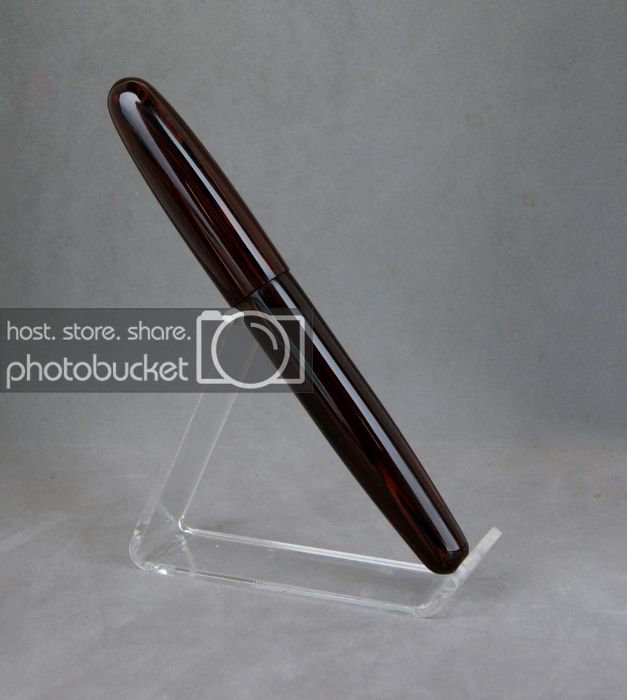Carl Fisher
Member
So I consider myself fairly well versed in finishing most materials to a scratch free finish. Black ebonite however eludes me. I've tried several different methods and speeds and always seem to end up with some form of scratching visible under a light.
I've tried various combinations of MM, 2 step and 3 step polishing systems, buffing, etc... So what's the trick that works for you?
I've tried various combinations of MM, 2 step and 3 step polishing systems, buffing, etc... So what's the trick that works for you?

